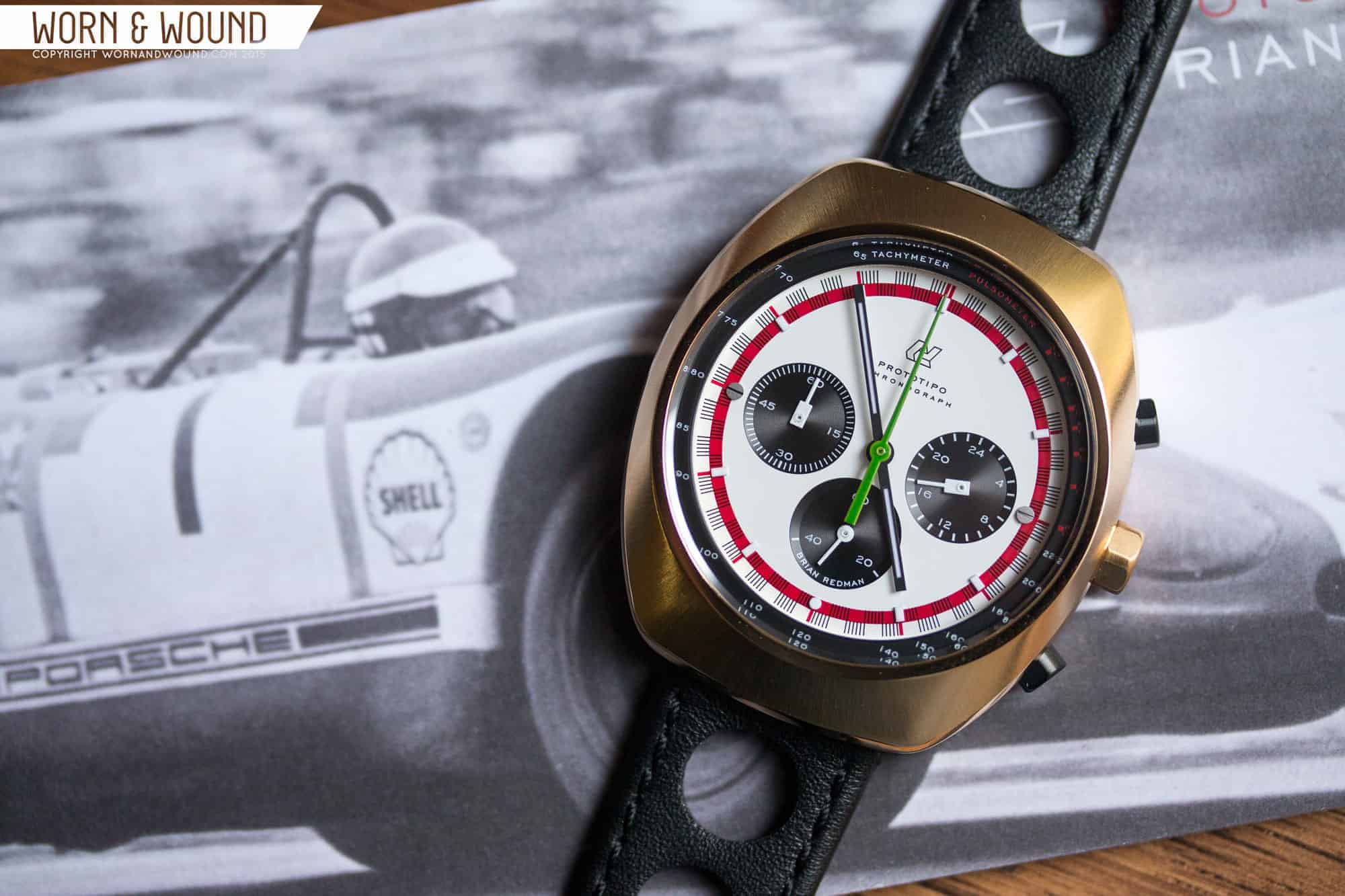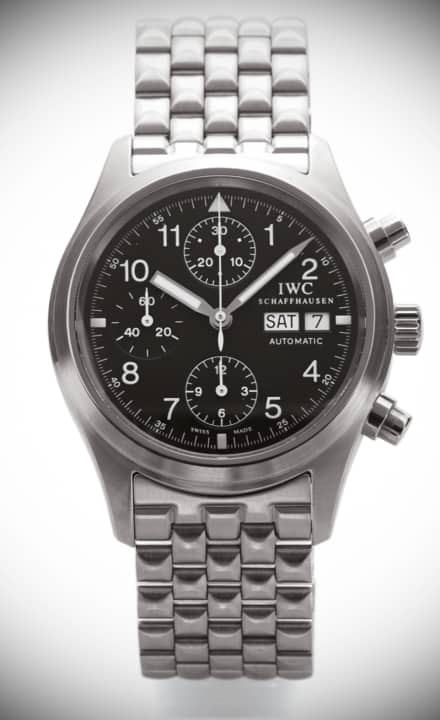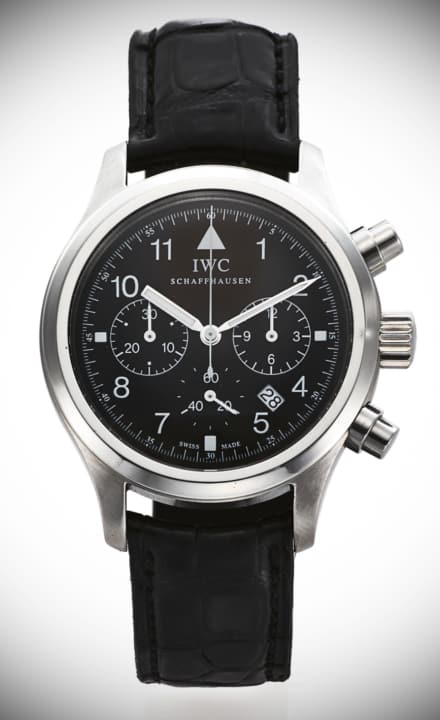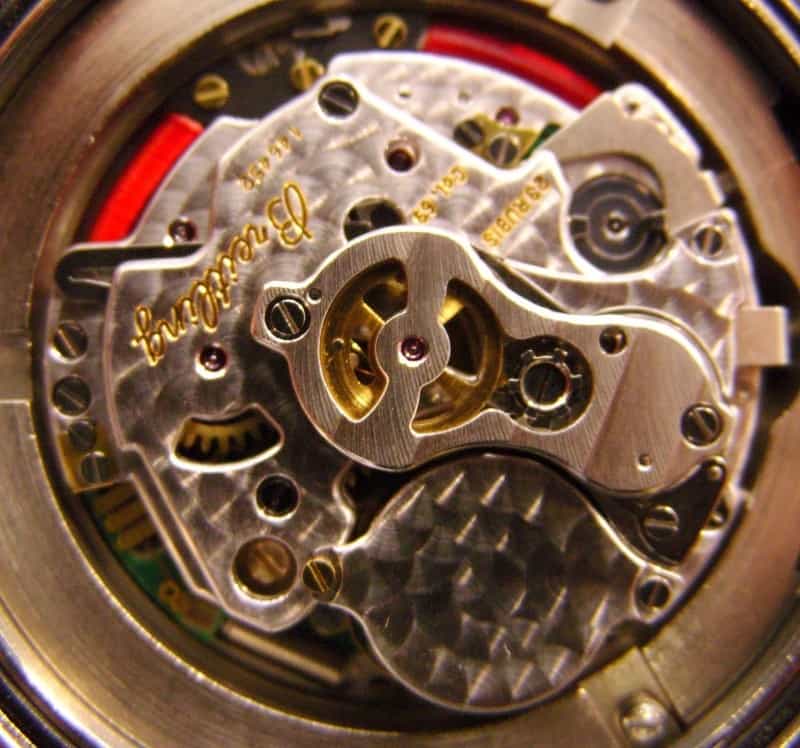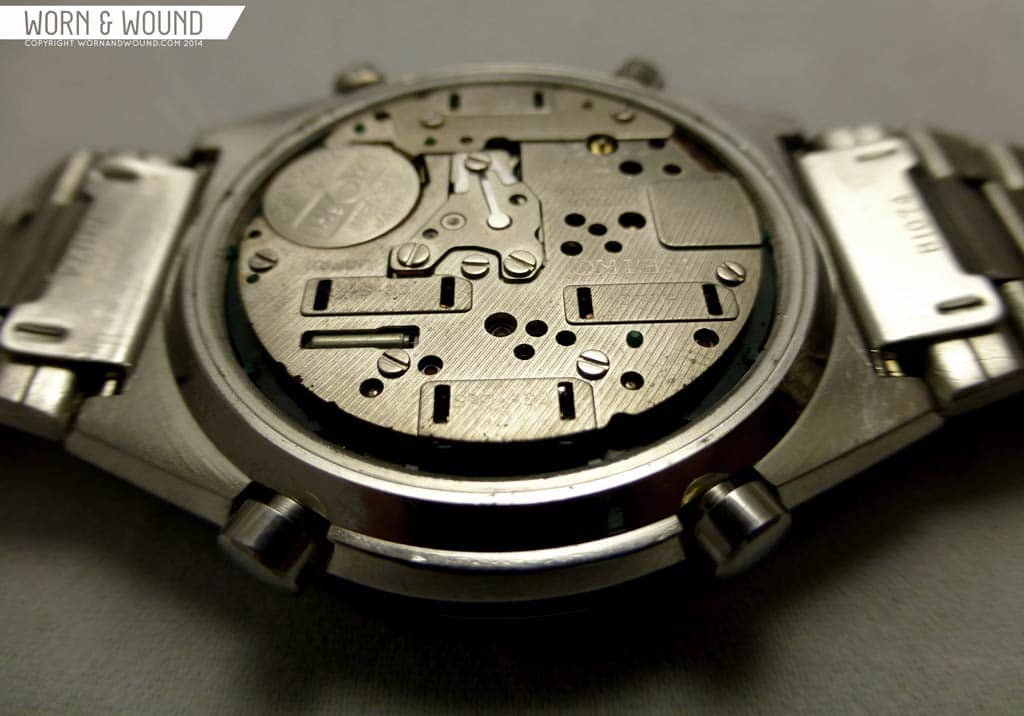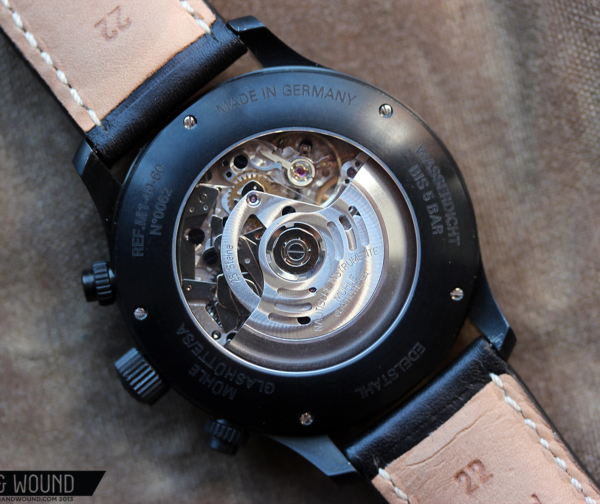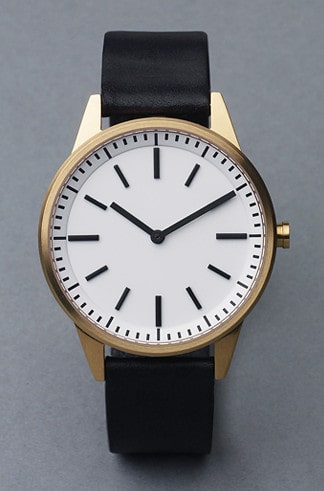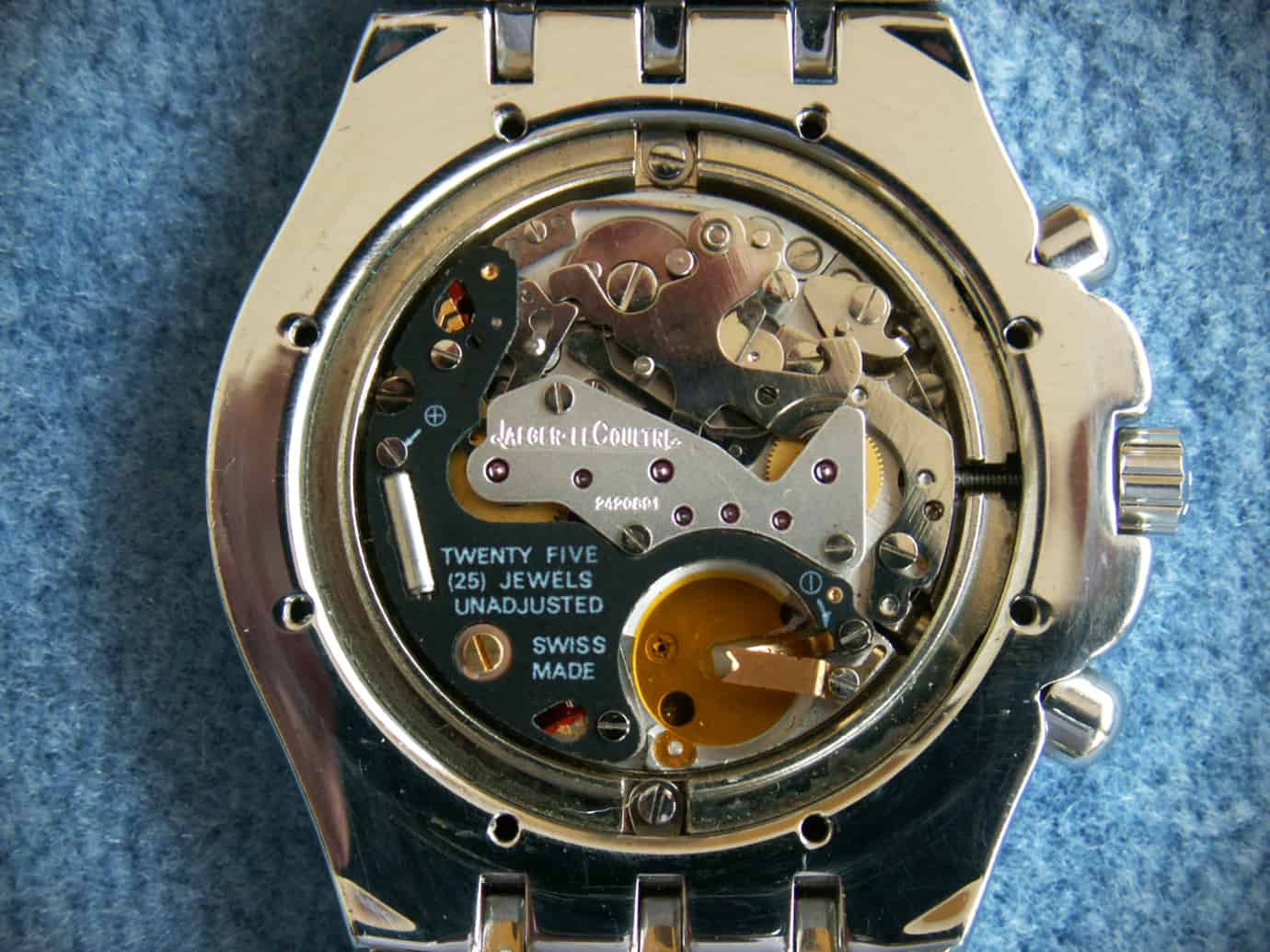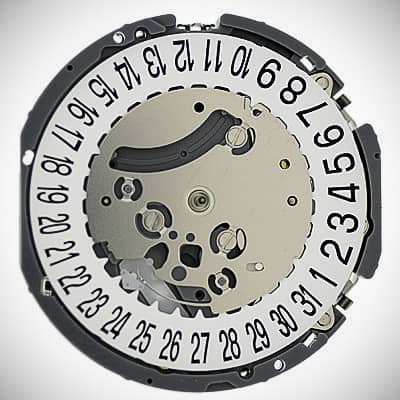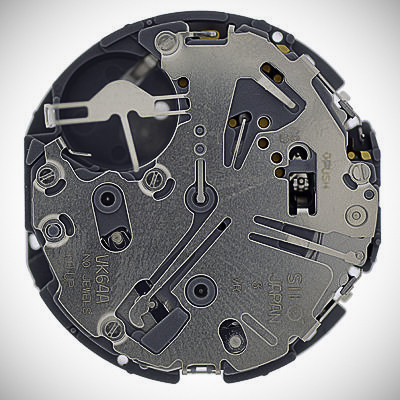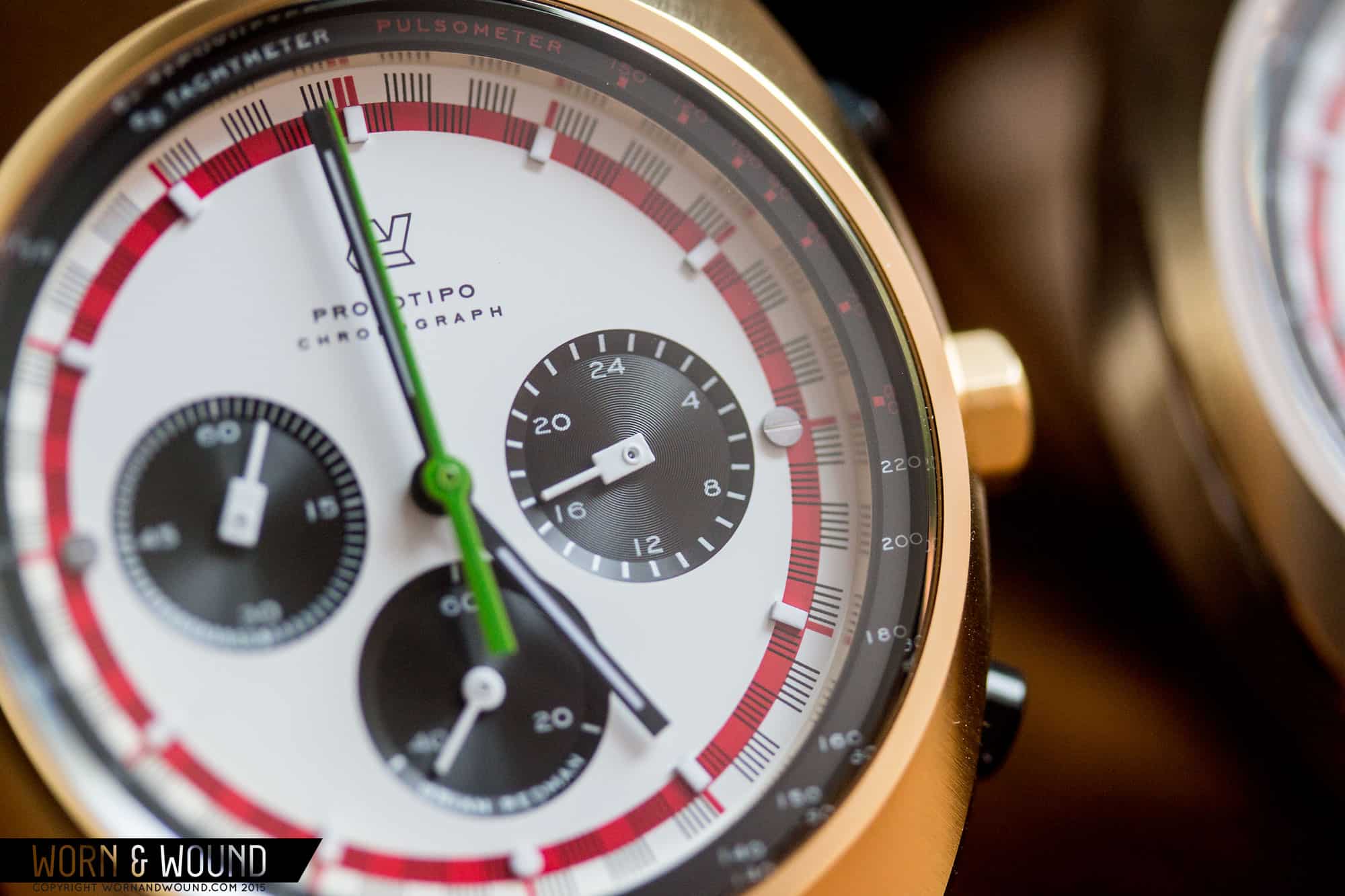What is it about meca-quartz chronos? They have a knack of getting an opinion from even the calmest, most relaxed of watchies. Like most arguments, it’s simple enough in principle. You can have a mechanical chronograph powered by a mainspring, regulated by a balance wheel and controlled with a set of precision levers, hammers and gears. Or you can have a meca-quartz chronograph, powered by a battery, regulated by a quartz crystal and controlled with a set of precision levers, hammers and gears. But suggest to some watchies that meca has a value all of its own and you might as well have tried to argue that Hublot make tasteful, restrained, classical timepieces.
So, is it the best of both worlds with quartz accuracy and a mechanical feel, or a battery-powered compromise gone too far?
Being blunt, the market has a very clear view indeed. Go shopping for IWC’s splendid meca-quartz Flieger ref. 3741-001 and you’ll pay around £1,900 ($2,778) on the secondhand market. Chase a very similar but mechanically-powered ref. 3706 and you’ll be handing over a number closer to £3,300 ($4,825).









 Featured Videos
Featured Videos




